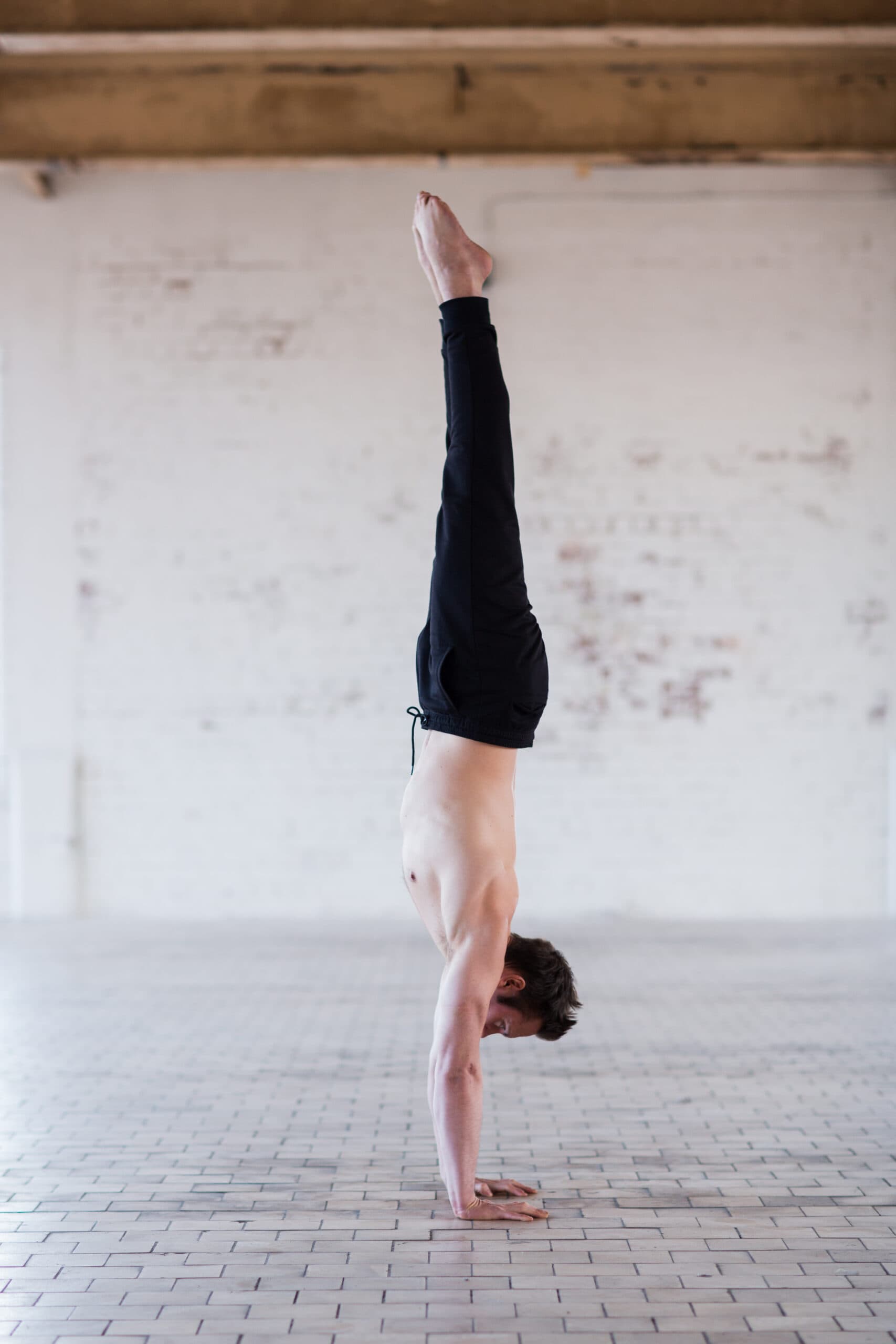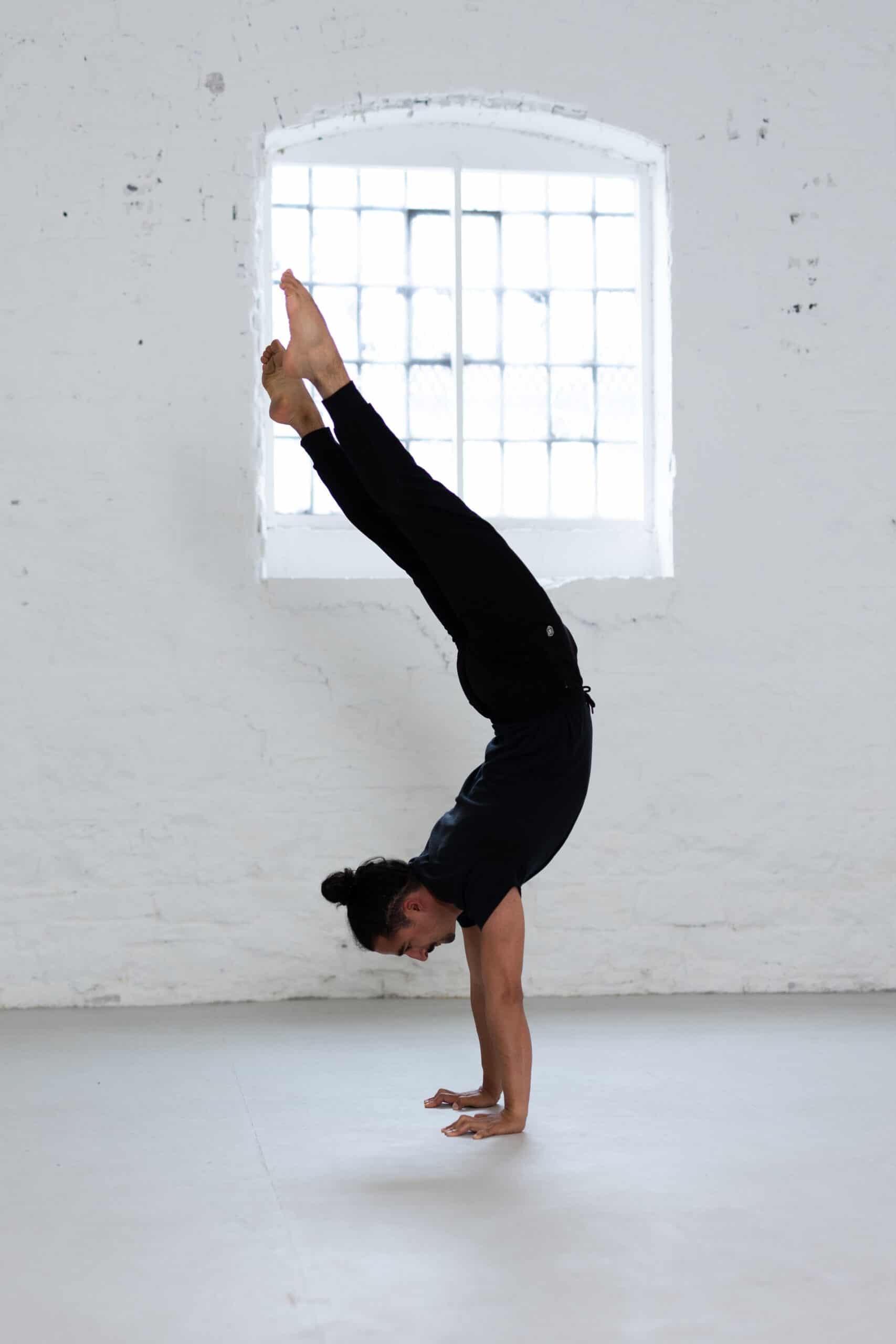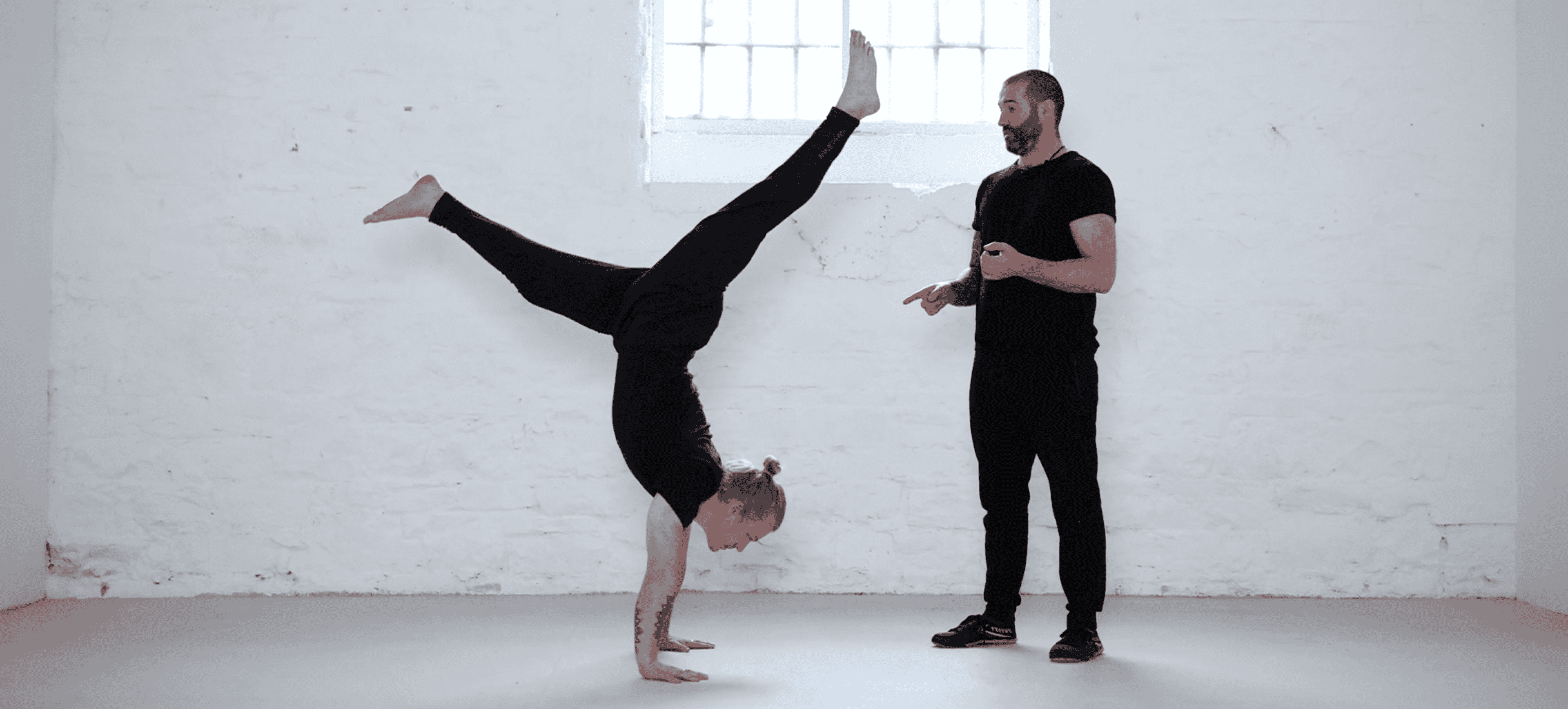First off, what is a myth?
In the context of training, myths are things you’ve been told you need to do that aren’t actually necessary. Online personalities, cringy “fitfluencers”, or parroting weekend cert coaches will tell you that you need to do X or else you won’t be successful in learning a skill. These ‘tips’ range from gross oversimplifications, dated information, or just contrarian opinions to boost a clip to the top of the algorithms. And then that poor advice solidifies into a cue, which proliferates amongst training communities, directing their focus to things that feel very relevant for their training success, where in reality it might not be at all.
To help define what these are in handstands, we first need to delineate things that are “necessary” to stand on their hands, and then we can look at the things that are optional. This is tougher than it sounds, since many of the optional things are very good to do, and I recommend a lot of the optional things myself!
The truly necessary things:
- You need to apply some force into the ground. If your muscles are not tense in any way, shape, or form; you will just fall to the floor like a pudding. So, you need to use muscular force to push into the ground and flex your shoulders to invert yourself to some degree.
- You need to rebalance the body. If you do not respond to the movement happening to the fluid bag that you are, you will always also fall.
If you notice, these are the two things you also do on your legs to just stand.
If we look at the more optional ones, things get interesting and a myriad of concepts come into play: Hand placement, hand shape, elbow orientation, shoulder orientation, head position, torso shape, degree of hip tuck, leg width, and even toe point. All these things end up literally being optional. You could contort your body into more or less any position (and many do!) as long as you do the previous two necessary things: you have enough resistance/muscular tension in whatever posture to maintain the position and you continuously balance it.


Both of these are, literally speaking, a “hand stand”.
With that established, we can now identify myths, the kind of the things some people promote as very necessary, even though they are optional.
Myth 1: The golden path to a handstand
This notion is that there is a specific, rather narrow path, that you need to train your handstands to get good at them. This is problematic because people’s abilities, goals, physiology, and even daily energy greatly vary. So stringent benchmarks like your shoulders must be open to Y degree before proceeding onto freestanding attempts can artificially stunt someone’s progress and kill the fun of handbalancing.
Looking at weightlifting, if you want to increase your one rep max rep, you will find no shortage of completely different methods to get you to that goal. The only commonalities amongst them is they’d have you stop directly trying your one rep max and introduce variability and measure progress in those variations.
This is a better way to think about training: all roads will lead to Rome, so find the path that’s the most enjoyable for you.
Myth 2: Master technique first for less effort
Technique is often discussed like building blueprints. When your technique is good, your alignment allows you to use much less strength and effort – if you find the perfect technique everything will be easy.
But from my experience, it’s the opposite. It’s better to think of technique as a specific execution requiring strength, flexibility and body awareness. It’s an emergent property of several underlying qualities. If it takes all your strength to be upside down, you’ll be very tense. If you get stronger, your body will no longer need to tense up everything at the same time anymore, because it’s comfortable there. If your legs are tight when kicking up, you’ll need to compensate with more aggressive kicks that can potentially pull you out of balance. But when your mobility is good enough to have favorable hip angles when you enter, you will need to make less effort to invert. As you can see, “better” technique becomes accessible when physical and coordinative traits improve.
Myth 3: Longer holds for better balance
Holding body tension versus balancing your body are very different: you can be very good at the former without being good at the latter. When you hold a bodyline drill, all you do is you just create one contraction and maintain it. Since you do not need to respond to movements, you just need to hold that contraction. Good for developing muscles, not so much for coordination. This is the limit to dish holds and wall drills.
Balance is different. This is why there is a discrepancy between the time you can stay freestanding versus a wall handstand. When you lose balance freestanding, some muscles will need to reactively contract while others relax, oscillating to save the balance. Whereas on the wall if you’re sinking you just need to squeeze the same muscles wedging you harder until fatigue gives way to gravity. So setting an arbitrary standard of an X second wall handstand before freestanding will once again just stunt progress and kill the fun (our web dev came to us with a 2 minute wall handstand but could not freebalance).
When we crafted our beginner handstand program, we avoided perpetuating these myths.
Our Push program provides multiple training templates that are easily tweaked, include relevant flexibility modules to build qualities that lead to better technique, and provide playful blocks to explore your growing abilities instead of dogmatic benchmarks.
So if you want some guidance on your way to Rome based in results, not dogma, you can check out here:
When we crafted our beginner handstand program, we avoided perpetuating these myths.
Our Push program provides multiple training templates that are easily tweaked, include relevant flexibility modules to build qualities that lead to better technique, and provide playful blocks to explore your growing abilities instead of dogmatic benchmarks.
So if you want some guidance on your way to Rome based in results, not dogma, you can check out here:

